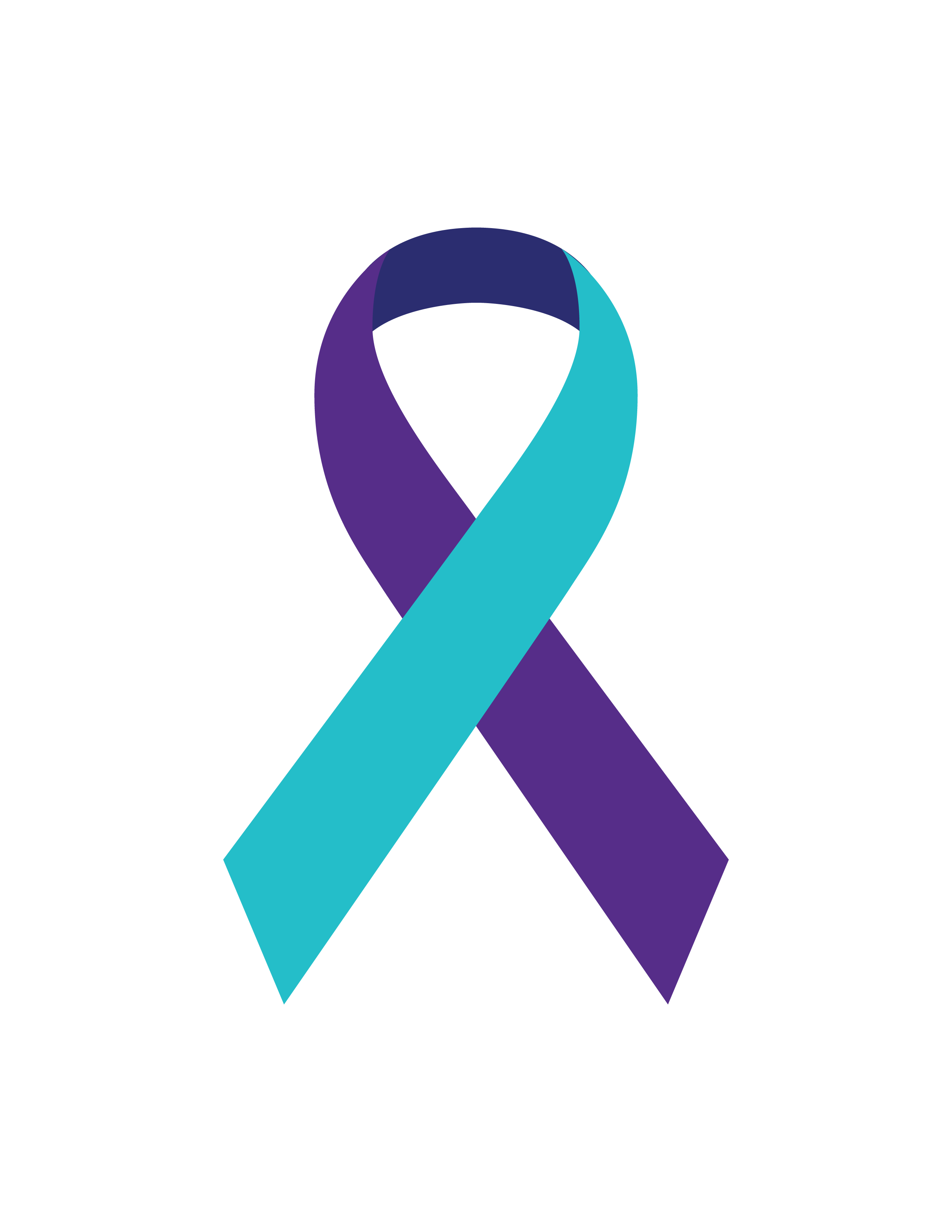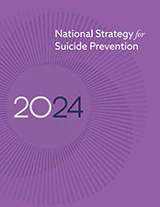Co-Occurring Substance Use & Mental Health Issues in Young People: What’s the Link?
Posted on
 As parents, we strive to protect our children from harm, but the challenges facing today’s youth are complex and multifaceted. Studies show a troubling link between substance use and mental health issues, which can have profound and lasting effects on young people’s lives. Understanding this connection is crucial, especially as we observe Suicide Prevention Month this September.
As parents, we strive to protect our children from harm, but the challenges facing today’s youth are complex and multifaceted. Studies show a troubling link between substance use and mental health issues, which can have profound and lasting effects on young people’s lives. Understanding this connection is crucial, especially as we observe Suicide Prevention Month this September.
Suicide is a serious public health problem in the United States. It is one of the leading causes of death among people aged 10 to 29 years old, and accounted for more than 50,000 deaths in 2023. The CDC has found that 46% of all people who die by suicide have a diagnosed mental health disorder—and in studies that include those who qualified but had not received a mental health diagnosis, this number rises to 90-98%.
Connecticut has not gone unaffected by this growing problem. From 2017 to 2021, there were 2,001 suicide deaths in the state, as well as 6,750 suicide attempts that led to hospital admissions; 88% of these involved a drug overdose. Suicidal ideation also seems to be on the rise among our youth—in the 2023 Connecticut School Health Survey, 15.7% of high school students said they had seriously considered a suicide attempt, an increase over the previous surveys taken in 2021 (14.1%) and 2019 (12.7%).
According to the State of Connecticut Suicide Prevention Plan 2020-2025, an increased risk of suicide among young people is linked to both mental illnesses and substance abuse. With this in mind, it is vital to understand how and why substance use and mental illness often co-occur, particularly among teens and adolescents.
The Connection Between Youth Substance Use and Mental Health
Substance use and mental health are deeply intertwined, often creating a vicious cycle that can be difficult to break. For young people, this connection can manifest in several ways:
Substance Use as a Coping Mechanism:
Many young people turn to alcohol, drugs, or other substances to cope with stress, anxiety, depression, or trauma. While these substances may provide temporary relief, they often exacerbate underlying mental health issues, leading to a worsening of symptoms over time.
Mental Health Issues Leading to Substance Use:
Conversely, youth who struggle with mental health conditions, such as depression, anxiety, or bipolar disorder, may be more susceptible to substance use. The presence of these conditions can increase the likelihood of experimenting with substances as a form of self-medication.
The Impact of Substance Use on Brain Development:
The brain continues to develop until around age 25, making young people particularly vulnerable to the effects of substance use. Drugs and alcohol can alter brain chemistry, leading to increased risk of mental health issues, such as mood disorders, psychosis, and cognitive impairments.
What We Can Do
The link between substance use and mental health issues is particularly concerning when considering the risk of suicide among young people. Fortunately, parents and family members can take proactive steps to support young people’s mental health and to prevent or address concerns about possible substance use. These include:
- Create a supportive environment. Parental support and a home environment that prioritizes mental health and well-being are highly valuable protective factors for young people. Consistently encourage healthy coping mechanisms, such as exercise, hobbies, and social connections, and make an effort to model these behaviors yourself.
- Know the signs. Sudden changes in mood or behavior may indicate that a young person is struggling with substance use, mental health issues, or both. Be on the lookout for signs such as withdrawal from friends and family, decline in academic performance, unexplained weight loss or gain, frequent headaches, and sleep disturbances.
- Listen closely. If your child expresses feelings of hopelessness, worthlessness, or mentions suicidal thoughts, it’s crucial to take them seriously, and to seek immediate professional help.
- Intervene early. Early intervention is key in addressing the dual challenges of substance use and mental health issues. By recognizing the signs and seeking help as soon as possible, parents can prevent these problems from escalating.

 On a larger scale, the 2024 National Strategy for Suicide Prevention, released by the U.S. Department of Health and Human Services, provides concrete recommendations to integrate suicide prevention strategies into a variety of settings, including communities, workplaces, and healthcare systems. This comprehensive strategy provides a roadmap for both the public and private sectors to more effectively prevent and address suicide throughout the decade ahead.
On a larger scale, the 2024 National Strategy for Suicide Prevention, released by the U.S. Department of Health and Human Services, provides concrete recommendations to integrate suicide prevention strategies into a variety of settings, including communities, workplaces, and healthcare systems. This comprehensive strategy provides a roadmap for both the public and private sectors to more effectively prevent and address suicide throughout the decade ahead.
Help is Available
If you or someone you know is in emotional distress or struggling with thoughts of suicide, don’t wait to reach out. Free, confidential help is available 24/7. Dial 988 for the National Suicide Prevention Lifeline, or text ‘TALK’ to the Crisis Text Line at 741741. These services can help you get access to a mental health evaluation and treatment for your child.
Visit the American Foundation for Suicide Prevention website to learn more and to find additional resources.
These resources included at the recommendation of Reporting on Suicide.
